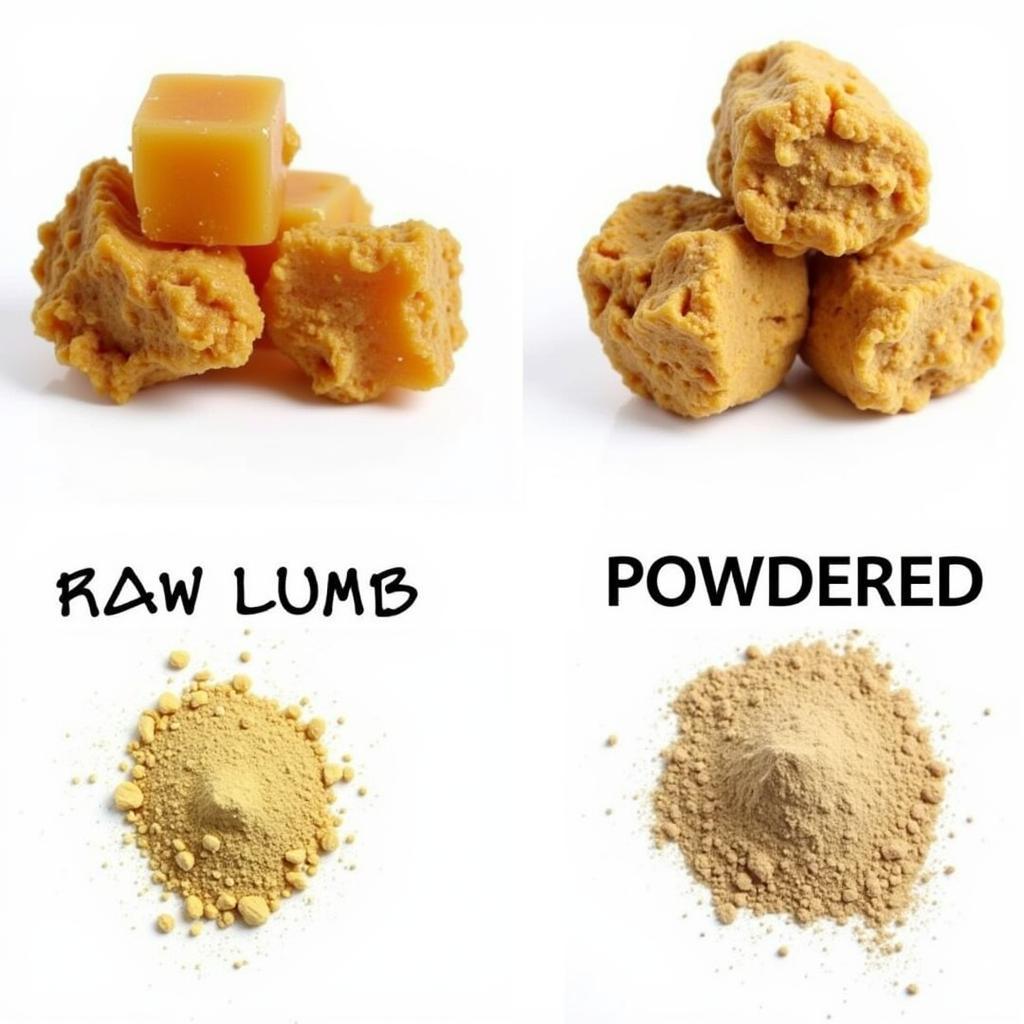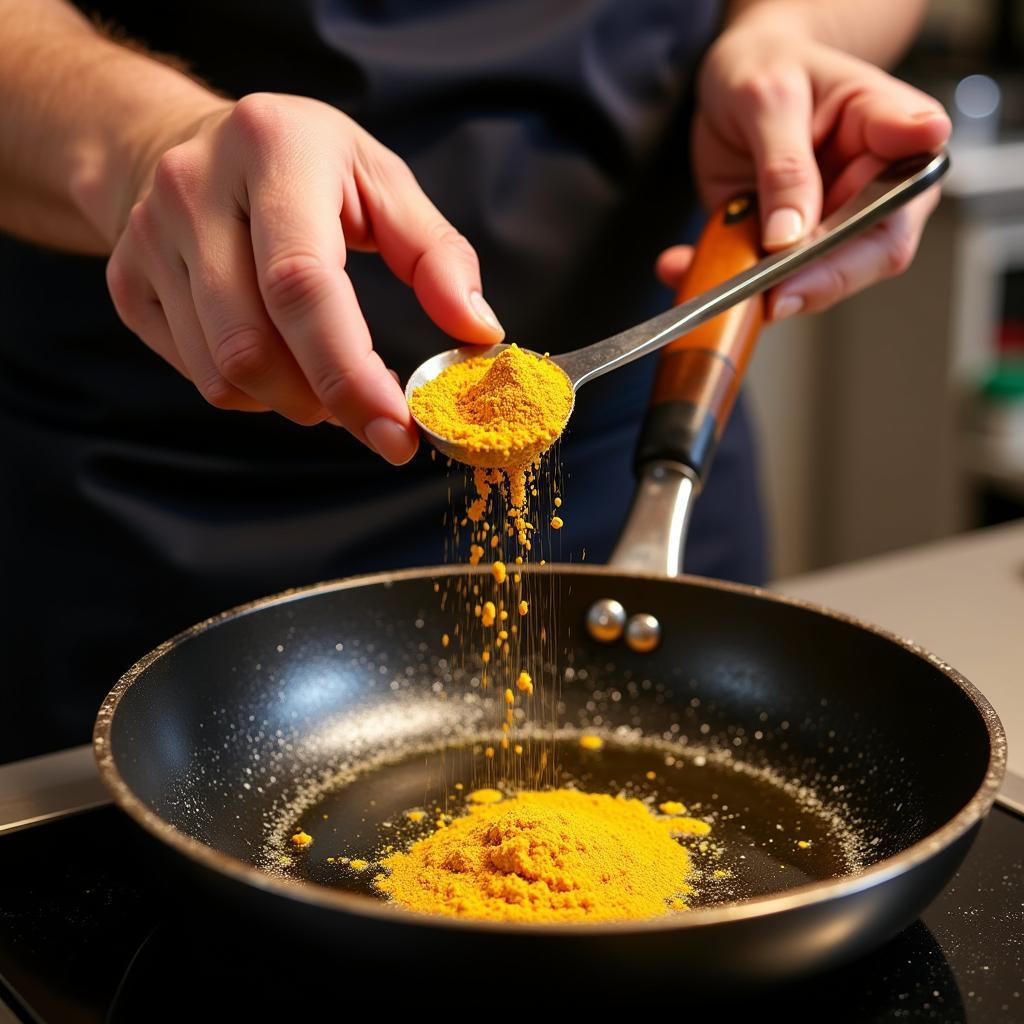Asa fetida, also known as hing, is a pungent spice derived from the resin of several species of Ferula, a giant fennel plant. While its strong sulfurous odor can be initially off-putting, asa fetida has been prized for centuries in cuisines across Asia, especially in India and the Middle East, and for its purported medicinal properties. This aromatic resin plays a unique role in culinary traditions and offers a surprising depth of flavor when used correctly. We’ll explore the fascinating world of asa fetida, delving into its origins, uses, benefits, and cultural significance.
From Ancient Remedy to Culinary Staple: The History of Asa Fetida
Asa fetida’s history is as rich and complex as its aroma. Originating in regions of Afghanistan, Iran, and Uzbekistan, the resin was harvested from the Ferula plant and traded along ancient spice routes. It gained popularity not only for its distinctive flavor but also for its perceived medicinal benefits. Ancient texts mention asa fetida as a treatment for various ailments, from digestive issues to respiratory problems. Over time, its culinary use spread across continents, becoming an indispensable ingredient in many traditional dishes. The unique pungent aroma, often compared to a combination of garlic and sulfur, transforms into a more palatable, almost garlicky flavor when cooked. This transformation is key to its widespread use in vegetarian and vegan cooking, where it often serves as a flavor enhancer.
You can find more information about how to use asa fetida in different languages, for instance, ase fetide + french.
What Does Asa Fetida Taste Like?
The initial smell of raw asa fetida can be overwhelming, often described as similar to rotten eggs. However, this potent aroma mellows significantly upon cooking, transforming into a more savory, garlicky, and even slightly oniony flavor. This unique characteristic makes it a valuable ingredient in vegetarian and vegan dishes, mimicking the savory depth that might otherwise be achieved with alliums. It’s this culinary versatility that has cemented asa fetida’s place in kitchens around the world.
Culinary Uses and Benefits of Asa Fetida
Asa fetida is typically used in small quantities due to its strong flavor. A pinch is often enough to add a unique dimension to a dish. It is particularly popular in Indian cuisine, where it is frequently added to lentil dishes, curries, and vegetable stews. It also finds its way into pickles, chutneys, and even some breads. Beyond its culinary applications, asa fetida is also believed to have several health benefits, including aiding digestion, reducing bloating, and acting as an anti-inflammatory agent.
“Asa fetida is an essential ingredient in many traditional Indian dishes. Its unique flavor adds a depth that’s hard to replicate,” says renowned Indian chef, Devi Sharma.
Exploring Different Forms of Asa Fetida
Asa fetida is available in various forms, each with its own characteristics and uses. The most common forms include:
- Resin: This is the purest form of asa fetida, often sold in lumps or chunks. It requires careful handling due to its strong odor.
- Powder: Ground asa fetida is more readily available and easier to use than the resin. It is often mixed with rice flour or gum arabic to prevent clumping.
- Compounded Asa Fetida: This form is pre-mixed with other spices and flours, making it convenient for specific culinary applications.
 Asa Fetida Powder and Resin
Asa Fetida Powder and Resin
Asa Fetida in Southeast Asian Cuisine
While less prevalent than in South Asia, asa fetida does have a presence in some Southeast Asian cuisines. In certain regions, it is used as a flavoring agent in specific dishes, adding a unique savory note. This demonstrates the versatility of the spice and its ability to complement diverse culinary traditions. It’s an example of how flavors and culinary practices can transcend geographical boundaries. You can even find articles on asa fetida in Arabic online, like ase fetide en arabe.
Tips for Using Asa Fetida
- Use Sparingly: Start with a small amount and adjust according to taste. Too much can easily overpower a dish.
- Fry in Oil: Heating asa fetida in oil helps to mellow its strong aroma and bring out its more nuanced flavors.
- Store Properly: Keep asa fetida in an airtight container in a cool, dark place to preserve its potency.
“Remember, a little goes a long way with asa fetida. It’s a potent spice, so start small and adjust as needed,” advises culinary expert, Anya Nguyen.
 Using Asa Fetida in Cooking
Using Asa Fetida in Cooking
Conclusion
Asa fetida, with its unique aroma and flavor profile, is a testament to the diversity of culinary traditions across the globe. From ancient remedy to modern-day staple, this versatile spice continues to play an important role in kitchens worldwide. By understanding its uses and appreciating its distinct qualities, you can unlock the culinary potential of asa fetida and add a unique touch to your own cooking. Looking for modern kitchen inspiration? Check out ase modern kitchen. Are you struggling with asthma? Explore the potential benefits of asea for asthma.
FAQ
- What is asa fetida used for?
- What are the health benefits of asa fetida?
- How do I store asa fetida?
- Where can I buy asa fetida?
- How much asa fetida should I use in cooking?
- What does asa fetida taste like?
- Can asa fetida be used in vegan cooking?
Common Scenarios and Questions
-
Scenario: You’re making a lentil soup and want to enhance the flavor.
-
Question: How much asa fetida should I add to my lentil soup?
-
Scenario: You’ve accidentally added too much asa fetida to your dish.
-
Question: How can I salvage a dish with too much asa fetida?
-
Scenario: You’re curious about the medicinal properties of asa fetida.
-
Question: What scientific evidence supports the health benefits of asa fetida?
Further Exploration
For more information on related topics, you might find these resources helpful:
- The History of Spices in Southeast Asia
- Vegetarian Cooking Techniques
- Traditional Indian Cuisine
When you need assistance, please contact us at Phone: 0369020373, Email: [email protected] or visit us at: Thon Ngoc Lien, Hiep Hoa, Bac Giang, Vietnam. We have a 24/7 customer service team.